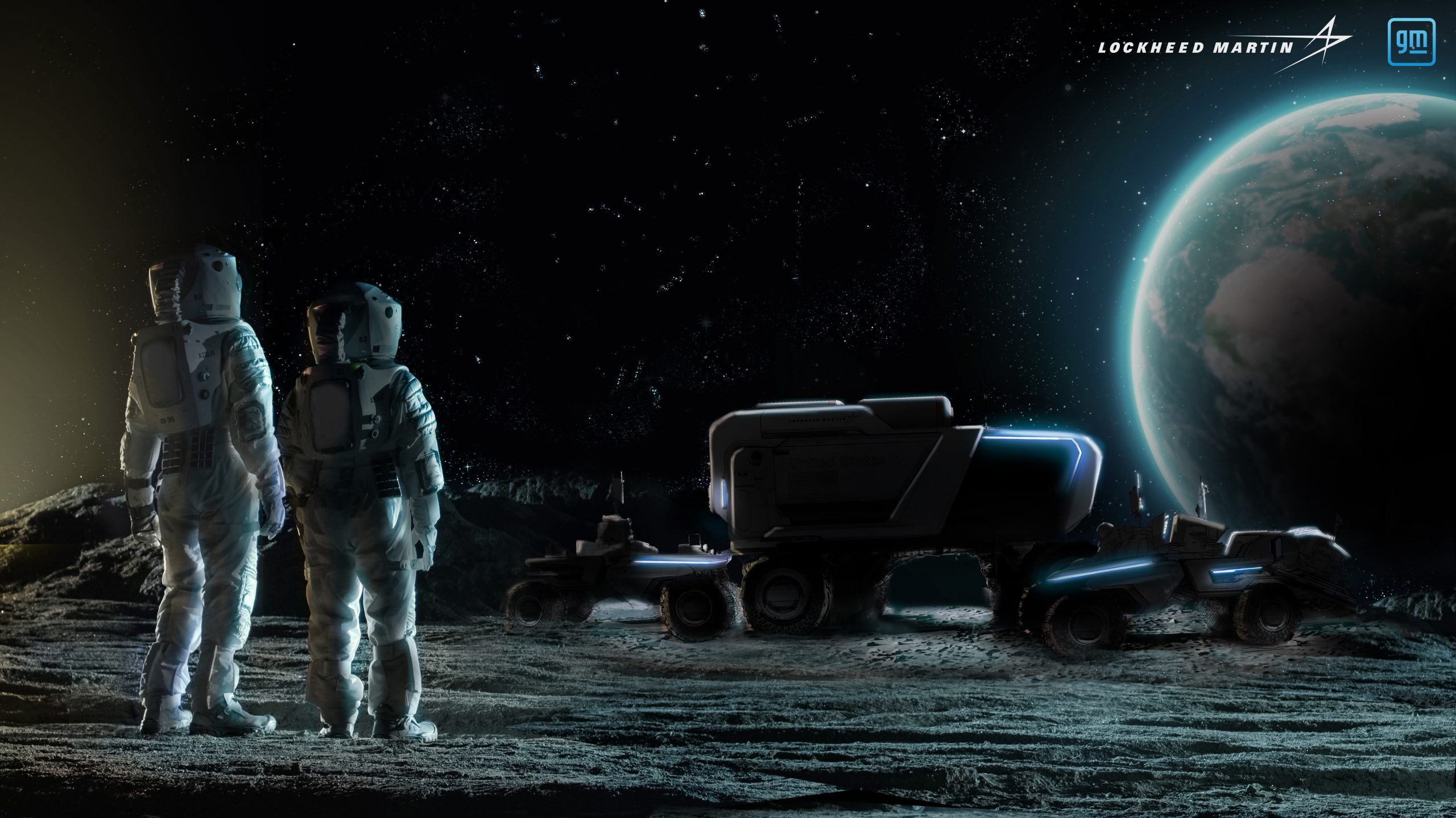The world may be full of difficult issues and major disagreements, but one thing that almost everyone seems to get excited about is space. Decades ago, NASA sent people to the moon, but since those groundbreaking missions, our exploration of space beyond orbit has been electronic in nature. That’s all about to change in the coming years, as General Motors is teaming up with Lockheed Martin to provide lunar transportation for NASA’s next Moon mission.
The Artemis program is NASA’s effort to send humans back to the Moon, and this time around, the government agency challenged industry to come up with a solution for lunar travel. Lockheed Martin and General Motors are partnering to provide that solution, which the two companies say will fundamentally evolve and expand humanity’s deep-space exploration footprint.
General Motors was involved in the Apollo 15 mission, where it helped engineer the Lunar Rover Vehicle used by astronauts on the moon. That vehicle had a range of only about 4.7 miles, but thanks to decades of advancements in technology and GM’s massive investments in EV technologies, the new vehicle will be able to transport astronauts to the Moon’s south pole. The area will be much harder to reach over tough terrain, and will be dark and cold.
Autonomous self-driving systems will help the rovers transport humans, move payload, and increase the mission’s ability to collect scientific samples and conduct experiments. “Surface mobility is critical to enable and sustain long-term exploration of the lunar surface,” said Rick Ambrose, EVP, Lockheed Martin Space. “These next-generation rovers will dramatically extend the range of astronauts as they perform high-priority science investigation of the Moon that will ultimately impact humanity’s understanding of our place in the solar system.”
General Motors may have helped with Apollo 15, but Lockheed Martin has built spacecraft and systems that have gone to every planet. The company has been on every NASA mission to Mars, and even built eleven of NASA’s Mars spacecraft.

